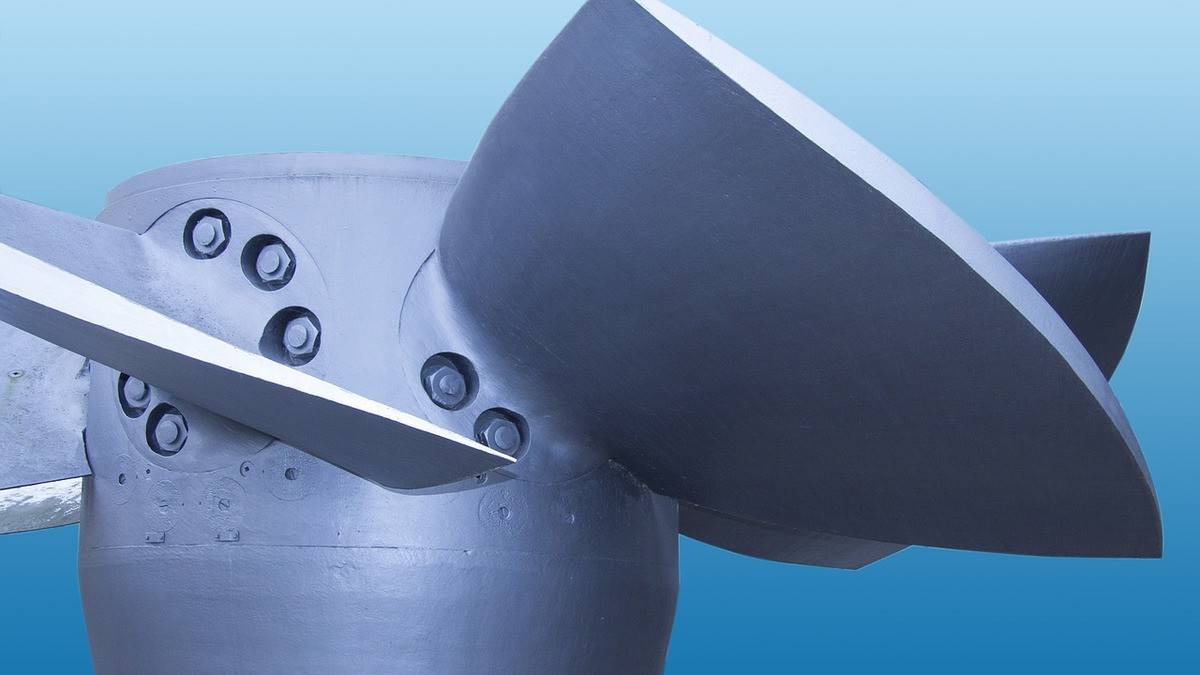The Ministry of Power in India has issued a draft set of guidelines for procuring power from pumped hydro storage projects to improve the integration of renewable energy capacity into the grid.
The country plans to install 18 gigawatts of pumped hydro storage capacity, as stated in a document made public by the ministry of power.
Fortune India reports that the projects will be used to meet peak power demand by utilizing power from renewable sources.
The pumped hydro storage
Pumped hydro storage is a method of storing hydroelectricity that involves moving water from one reservoir at a lower elevation to another reservoir at a higher elevation.
When there is a low demand for electricity but a high generation rate, the water is pumped using low-cost environmentally friendly power. It usually happens during the day for solar power.
When the amount of power generated by renewable sources is lower than usual, water stored in a reservoir at a higher elevation is used to drive turbines, which generate electricity. Because of this, pumped hydropower storage projects are a highly effective method of storing renewable power, particularly solar power, in situations where generation is significantly higher than demand.
India has eight pumped hydro storage projects
According to data provided by the government, India is home to eight pumped hydro storage projects with a combined capacity of approximately 4.7 gigawatts. Nevertheless, the pumped storage mode must be actively utilized for these systems.
In addition, four other projects with a total capacity of 2.8 gigawatts are currently under construction, and 26 additional projects with a full capacity of 26.6 gigawatts have been distributed among the states.
The government estimates that the country can pump 108 gigawatts of energy underground.
The Central Electricity Authority also estimated that India would require 18.8 gigawatts of pumped hydro storage capacity as 51.5 gigawatts of battery storage with a capacity of five hours for it to integrate the 500 gigawatts of targeted renewable energy capacity by 2032 the country.
India’s Greenko Energy
The Indian government has only recently begun soliciting bids for the development of storage projects. Most developers prefer pumped hydro storage over battery storage, despite the latter being more adaptable regarding response time and applications.
The use of pumped hydro is a tried and tested technology that is dependent on imports only to a minimal degree.
Greenko Energy has been at the forefront of constructing pumped storage projects in India and has recently participated successfully in several storage projects.
The company has also partnered with several significant industrial organizations to supply renewable energy around-the-clock using its storage projects extended around at least four states.
See Also:
- India releases a list of technologies qualified for the upcoming carbon market
- Delta Electronics shows off India’s first green EV charging station at Elecrama 2023
- Top 10 Lithium-ion Battery Makers in India for 2023
- Private Equity in India’s EV industry might top $1 billion in 2022
- These nations are the global leaders in the production and installation of renewable energy sources

